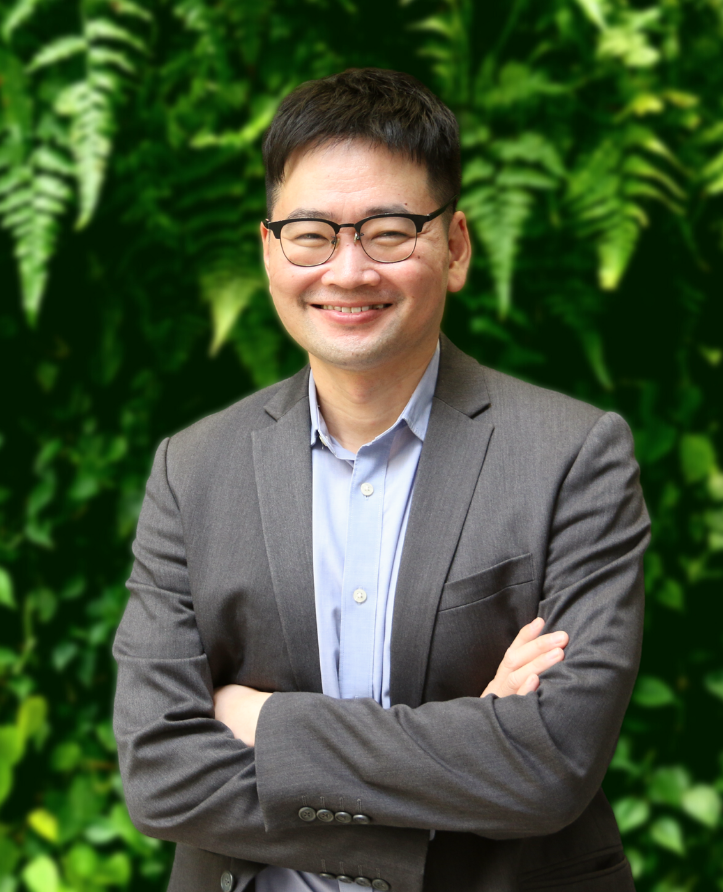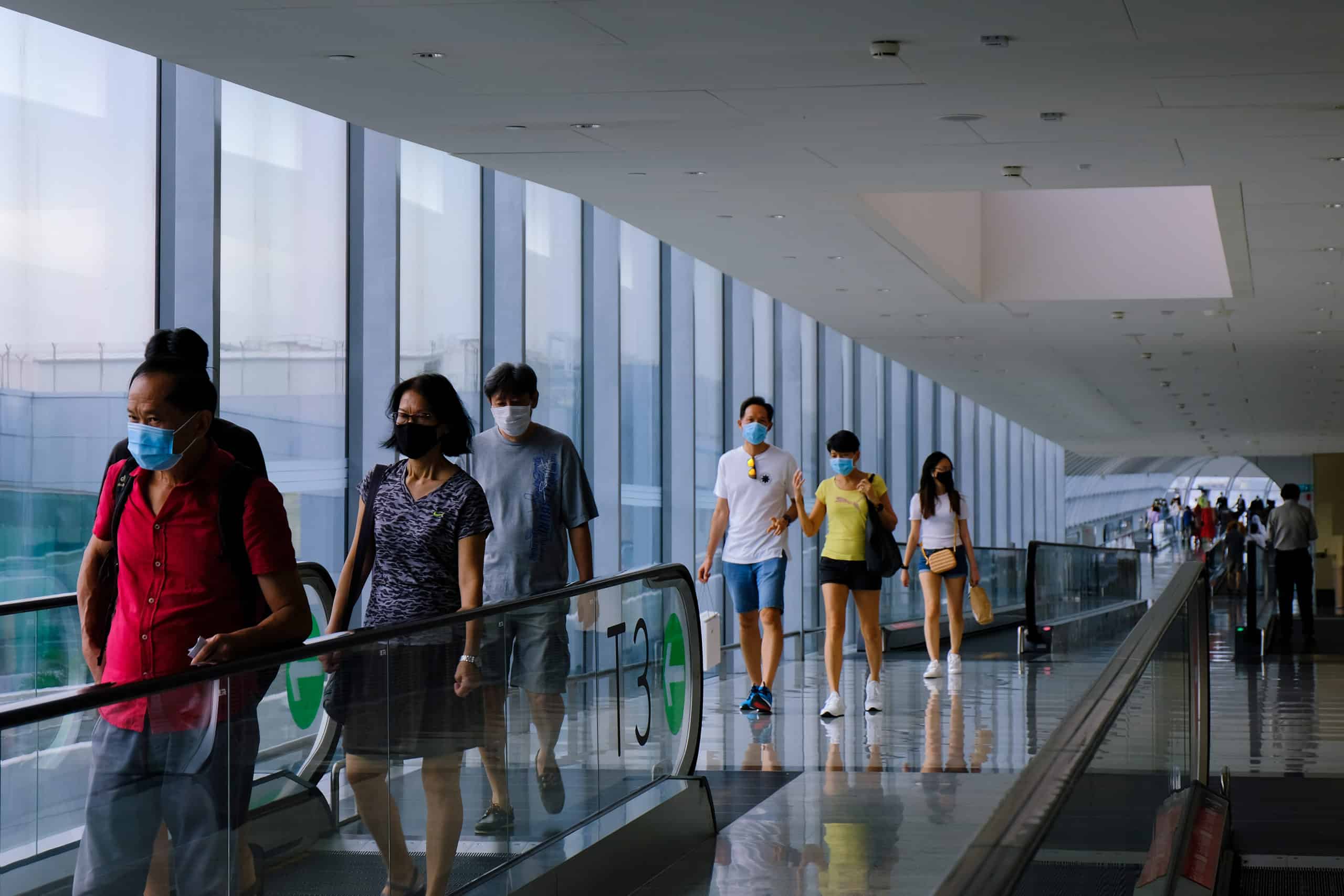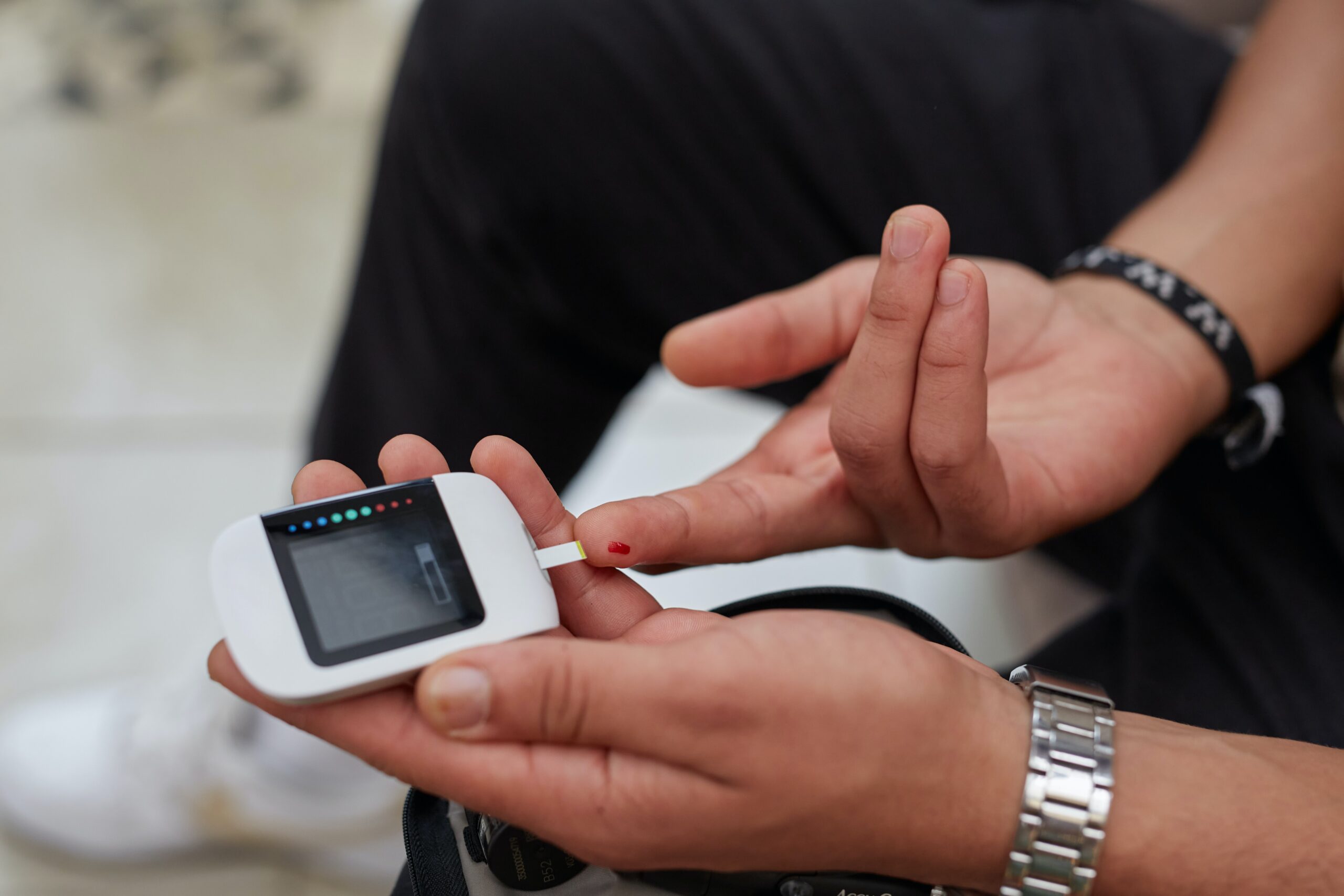Insights and Commentaries
Outbreaks of diseases make us exaggerate or under-estimate risks. The COVID-19 shows that
The public needs to be mindful not to be vectors of misinformation, distrust and anti-social behaviour
 Leonard Lee
Leonard Lee


The public needs to be mindful not to be vectors of misinformation, distrust and anti-social behaviour, say researchers from the NUS-Lloyd’s Register Foundation Institute for the Public Understanding of Risk (IPUR).
The current outbreak of the COVID-19 shows that in times of an emergency, it is difficult to have a clear understanding of the risks involved and how to respond appropriately because of the myriad uncertainties.
The rapidly evolving nature of an epidemic means that the information we get can change in widely unexpected ways. The way information is framed and interpreted can also lead to further uncertainty and confusion creating other public health and social challenges.
All these factors shape the tendency to over-estimate certain risks, which, paradoxically, can cause individuals to take actions that under-estimate other risks.
Nevertheless, it is possible for the public to apply a few rules of thumb to make better judgments and decisions in a highly uncertain and evolving situation.
Putting numbers in context
At the time of writing, there were more than 70,500 confirmed cases and over 1,700 deaths globally. Yet, these numbers are a far cry from the H1N1 epidemic which saw more than 760 million cases and over 284,000 deaths between 2009 and 2010.
Even the common flu causes as many as 5 million cases of severe illnesses and half a million deaths in a typical year of seasonal outbreaks in the Northern and Southern hemispheres. The case-fatality rate of the COVID-19 appears to be about 2 per cent of all cases, and lower for cases outside of China, which is lower than that of the SARS outbreak from 2002 to 2003 of almost 10 per cent.
Compared to these numbers, the COVID-19 should not be a cause for panic. Yet, the reaction to mainstream media reporting on the virus seems disproportionate.
Media tracking platform, the Risk Pulse Monitor (RPM), funded by the IPUR and piloted by Professor Mohan Kankanhalli and Dr Christian von der Weth at the National University of Singapore (NUS), found that between 26 Jan and 10 Feb only about a quarter of the news reports and commentaries in The Straits Times and CNA were about COVID-19.
In stark contrast, those accounted for approximately 90 per cent of the likes, shares and comments among all news reports and commentaries.
This heightened public concern in the case of the COVID-19 may seem baffling given its relatively low number of fatalities compared to other viruses. But risk psychologists argue that this reaction is, in fact, expected because individuals’ risk perception tends to be guided by cognitive short-cuts such as the “memorability heuristic”.
Strong, negative memories from previous epidemics, in particular the 2003 SARS pandemic, may have influenced individuals to perceive the risks of the current outbreak to be high.
This perception in turn fuels anxiety and fear around how deadly and contagious the virus is, how bad things can get, and how long it would take before the outbreak tapers off.
Weighing personal and societal risks
Such anxiety and fear influences adverse individual actions, which in turn can have ripple effects on the community and the broader society.
When news of the COVID-19 spread broke in Singapore, many people rushed to stock up on their personal supply of face masks.
Meanwhile, the Government announced that it would distribute 5.2 million face masks to 1.3 million households but advised that it was not necessary to wear a mask unless one was sick. Medical experts also highlighted the limitations of masks in protecting against the virus and recommended other complementary practices of good hygiene.
But these messages about prudent use of masks seemed to have had limited traction in the public. Many, it seems, continue to wear masks regularly, which would require a significant personal stockpile of masks.
This is a perfect example of the “signal” effects of an event.
According to risk theorist William Freudenburg, signal incidents are not cases where the worst fears are realised, but cases where problems indicate, rightly or wrongly, that a technology or system may not be fully under control. This can lead people to over-estimate risk and take actions that amplify risks, perceived or otherwise.
The over-estimation of personal risk of exposure can, in fact, create broader societal risks which will ultimately feedback to impact individuals at the personal level.
When people rush to stockpile masks for themselves and use them even when not needed, this creates supply shortages especially for those who are sick or who need to wear masks regularly such as healthcare workers.
Furthermore, the false sense of security individuals may get from wearing a mask may lead them to under-estimate their risk of exposure, which can also arise from physical contact, including not knowing how to wear and take off masks correctly.
The misperception that one is safe as long as one wears a mask may lead infected individuals to think it is harmless to go to crowded places or avoid quarantine orders, jeopardising overall public health measures. There have been suggestions to use reusable masks as a sustainable alternative, but proper usage and washing is also needed to ensure effective protection against viral contamination.
Indeed, this is one of the greatest paradoxes of public risk perceptions in that both the over-estimation and under-estimation of risk by the public can lead to very real outcomes. The public, therefore, must also consider the implications of their actions on the society as a whole.
Managing risks: experience matters
Risk psychologist Professor Paul Slovic from the University of Oregon argues that there are two simultaneous systems by which we comprehend risk. The “analytical system” uses algorithms, probability calculus, formal logic, and numbers to evaluate the risks one faces.
The “experiential system”, on the other hand, is intuitive, fast, mostly automatic, and does not always operate consciously.
Under conditions of uncertainty, rational decision-making requires, more than ever, the proper integration of both systems, meaning you rely on your “gut-feel” or intuition as well as calculated logic.
The current epidemic has shown that the authorities in Singapore, while tracking the data very closely, also take the public’s experiential modes of risk understanding very seriously. They have demonstrated a willingness to prioritise trust-building, public concern and resilience means-sharing.
Indeed, we believe this approach, in part, accounts for the fact that public sentiments regarding the virus has been relatively measured.
The RPM sentiment analysis of Twitter feeds between Jan 26 to Feb 6 shows that more than 50 per cent of tweets on the COVID-19 in Singapore were either positive or neutral.
This indicates that despite ubiquitous images of people stockpiling household supplies and masks circulating, the majority of Singaporeans did not share negative sentiments on social media.
Epidemics and outbreaks have the extraordinary ability to skew risk perceptions. But we can check our own tendencies to exaggerate the risks with the awareness that such events send signals that cause us to over-estimate risks.
They also invoke memories that are a poor reflection of the current situation.
The awareness that we use both analytical and experiential modes of thinking should also give us pause to question whether our actions and reactions are rational, responsible or justified.
As much as the relevant authorities have a responsibility to account for the “experiential” logic of the public, public members also have a responsibility to exercise their own “analytical” logic.
They can do so by putting the numbers in context, by considering the effects of individual actions on society at large, and by choosing actions that help reinforce trust in the community.
Even as experts race to find a vaccine for the virus, we, as members of the public, also need to be mindful not to be vectors of misinformation, distrust and anti-social behaviour.
This article was first published on ChannelNewsAsia.
Dr Catherine Wong is an Assistant Professor at the University of Amsterdam. Professor Koh Chan Ghee and Professor Leonard Lee are Director and Deputy Director of IPUR respectively.


